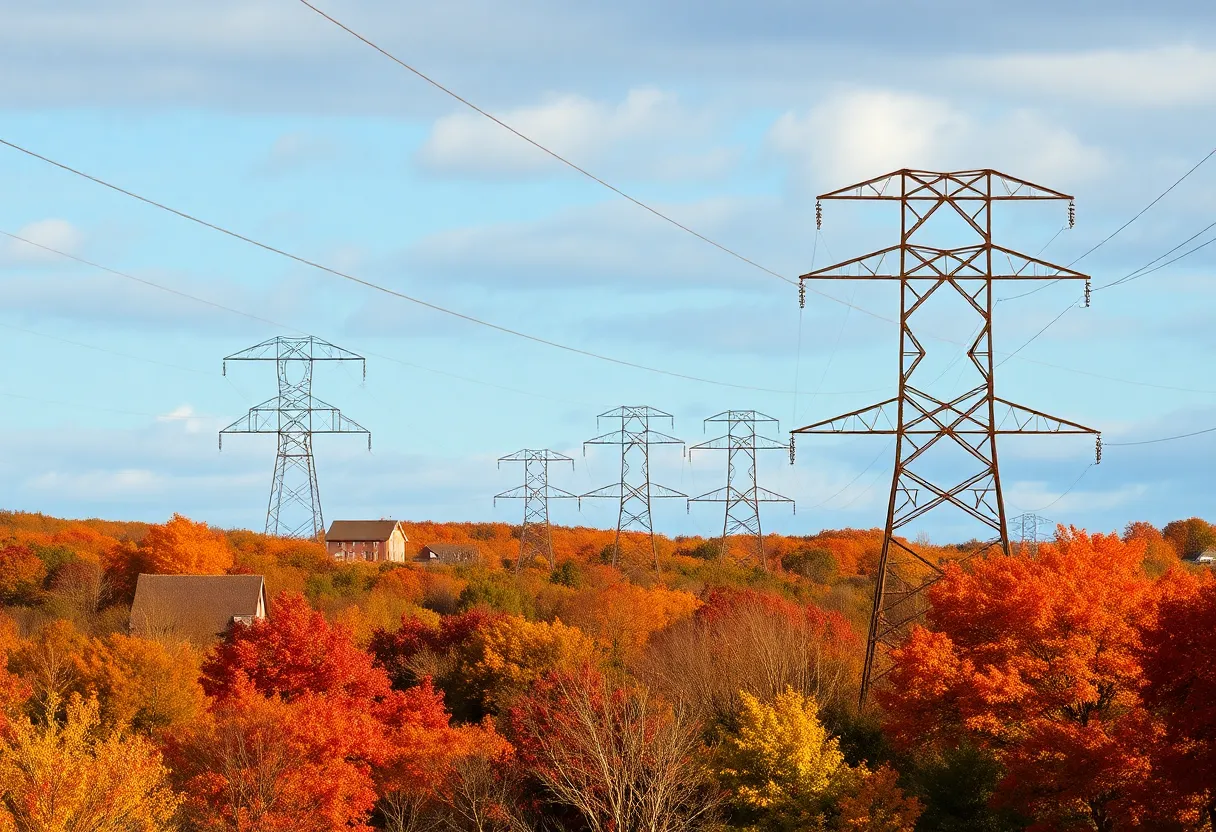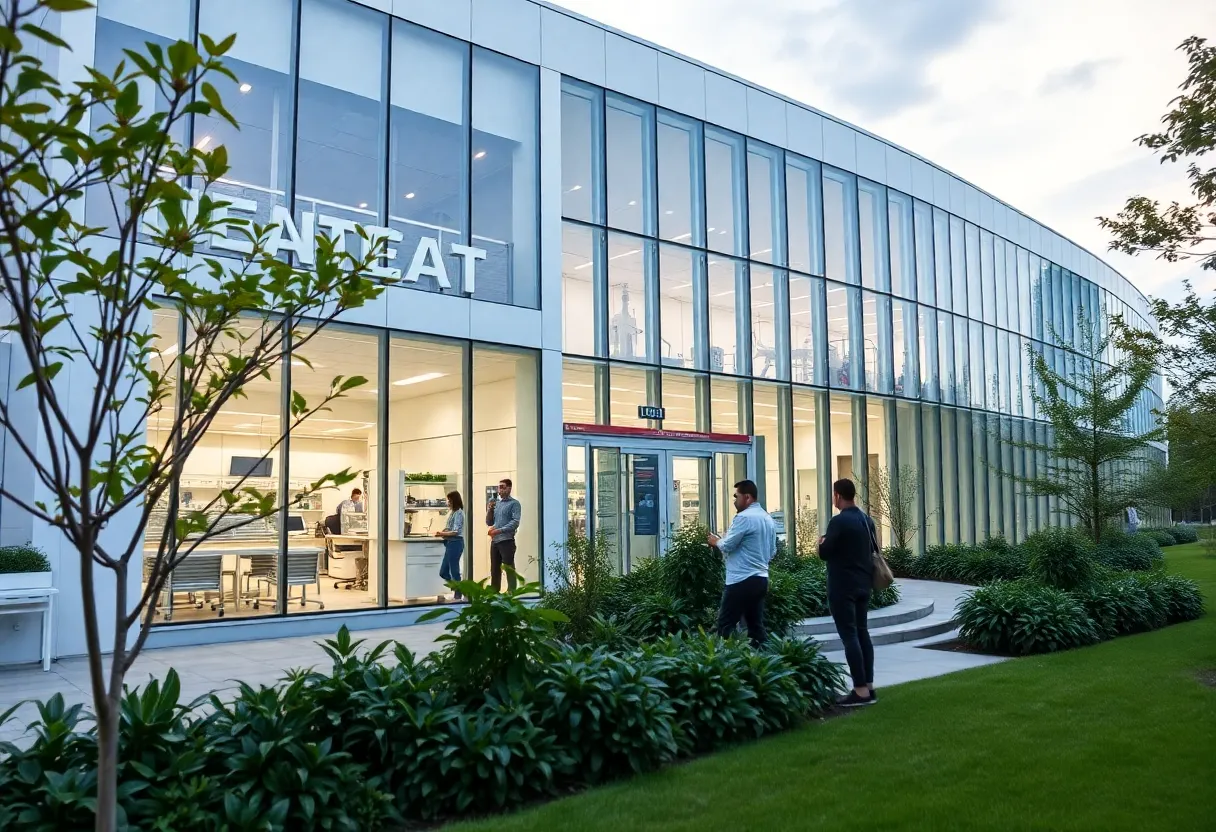News Summary
Residents of Rhode Island are set to experience a significant increase in electric bills starting October 1, as the Public Utilities Commission has approved a new pricing proposal. The residential electric rate will rise from 10.37 cents to 16.4 cents per kilowatt-hour, with the delivery and supply charges also seeing increases. Low-income customers will receive assistance, while concerns about utility profits and legislative responses continue to grow.
Rhode Island Faces Electric Rate Increase Starting October 1
Residents of Rhode Island will see a significant increase in their electric bills beginning October 1, as the Public Utilities Commission has approved a new pricing proposal. The residential electric rate will surge from the current summer rate of 10.37 cents per kilowatt-hour to 16.4 cents per kilowatt-hour. This new rate will remain in effect until March, slightly lower than last winter’s rate of 17.74 cents per kilowatt-hour.
Details of the Rate Changes
Rhode Island Energy, the state’s primary electric utility, is implementing these rate changes as part of a broader billing strategy. Alongside the hike in residential rates, the utility will also adjust other charges that affect electric bills. The supply side of the bill, which reflects the raw cost of electricity consumed, will see a rise, while the delivery charges, which cover infrastructure and related services, will also increase. Specifically, the state-mandated renewable energy growth charge will spike by 43%, from $4.02 to $5.75 for customers using 500 kilowatt-hours of electricity. Additionally, the distribution charge is set to rise by 3% due to ongoing infrastructure investments, and the transmission charge will experience a 15% increase.
Impact on Low-Income Customers
Rhode Island Energy offers discount rates and a variety of programs to assist low-income customers. This includes payment forgiveness options and grants to help manage the increased financial burden. Low-income customers of LRS Electric will also see their rates rise but will benefit from six months of credits worth $23.47 each month, totaling approximately $140.
Rising Concerns Among Customers
Consumers have expressed growing concern over escalating electric bills and the complexity of charges on their statements. The billing system is split into two parts: supply and delivery. The supply charge reflects the cost of generated electricity, while delivery comprises various components, contributing to confusion among residents about their overall utility costs.
Legislative Responses and Future Proposals
In light of the rising electric rates, State Representative Charlene Lima has proposed legislation aimed at pausing certain renewable energy requirements for the next decade to mitigate utility costs. Lawmakers are actively considering several proposals to address the rising costs faced by consumers, which include capping profits for utility providers and examining the potential for publicly owned utilities.
Rhode Island Energy reported profits of $888 million for the fiscal year 2024, further fueling dissatisfaction among residents regarding the price of energy. While current law permits the Public Utility Commission to set caps on utility provider profits, efforts to lower the profit cap are encountering resistance from the utility company. Furthermore, proposed public utility legislation is still in the preliminary phases and may face legal challenges based on constitutional questions surrounding profit margins.
Assistance for Vulnerable Households
With potential cuts to federal utility assistance programs on the horizon, concerns are escalating for low-income households. Local lawmakers are considering measures that would support vulnerable residents by implementing tiered-income plans and extending payment terms to ease the financial pressure of rising utility bills.
Context of Utility Pricing in Rhode Island
The average monthly electric bill for Rhode Islanders is projected at $168 for a household consuming 500 kilowatt-hours of electricity. This rate starkly contrasts with smaller utility providers like the Pascoag Utility District, where consumers see significantly lower bills. The disparities in costs can be traced back to the state’s reliance on volatile natural gas supplies, which makes energy pricing less predictable. Current trends indicate a critical need for structural changes in Rhode Island’s energy framework to stabilize costs for consumers.
Deeper Dive: News & Info About This Topic
- Turn to 10: Breaking Down the Charges on Rhode Island Energy
- Herald News: RI Must Diversify its Energy Sources to Lower Electric Costs
- WPRI: Expensive Electric Bills Put RI Clean Energy Policies into Spotlight
- Rhode Island Current: Who has Power? State Lawmakers Take on Rhode Island Energy
- Providence Journal: More than 180 People Complain of High Energy Costs in RI
- Wikipedia: Electricity Pricing
- Google Search: Rhode Island Energy Bills
- Google Scholar: Rhode Island Energy Market
- Encyclopedia Britannica: Utility
- Google News: Rhode Island Energy Costs

Author: STAFF HERE PROVIDENCE WRITER
The PROVIDENCE STAFF WRITER represents the experienced team at HEREProvidence.com, your go-to source for actionable local news and information in Providence, Providence County, and beyond. Specializing in "news you can use," we cover essential topics like product reviews for personal and business needs, local business directories, politics, real estate trends, neighborhood insights, and state news affecting the area—with deep expertise drawn from years of dedicated reporting and strong community input, including local press releases and business updates. We deliver top reporting on high-value events such as WaterFire, Rhode Island International Film Festival, and Rhode Island Comic Con. Our coverage extends to key organizations like the Greater Providence Chamber of Commerce and Providence Warwick Convention & Visitors Bureau, plus leading businesses in finance and manufacturing that power the local economy such as Citizens Financial Group and Textron. As part of the broader HERE network, we provide comprehensive, credible insights into Rhode Island's dynamic landscape.





